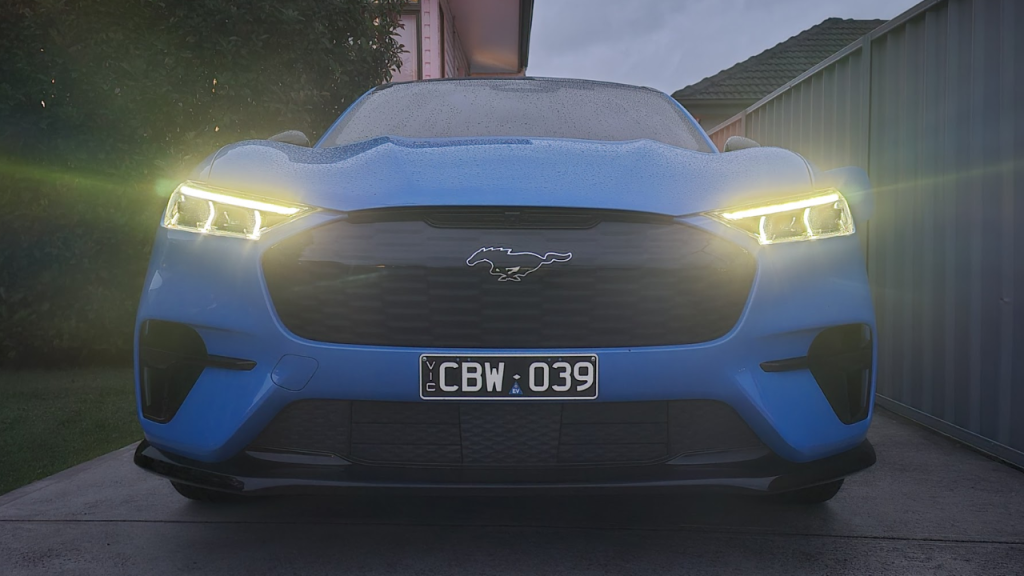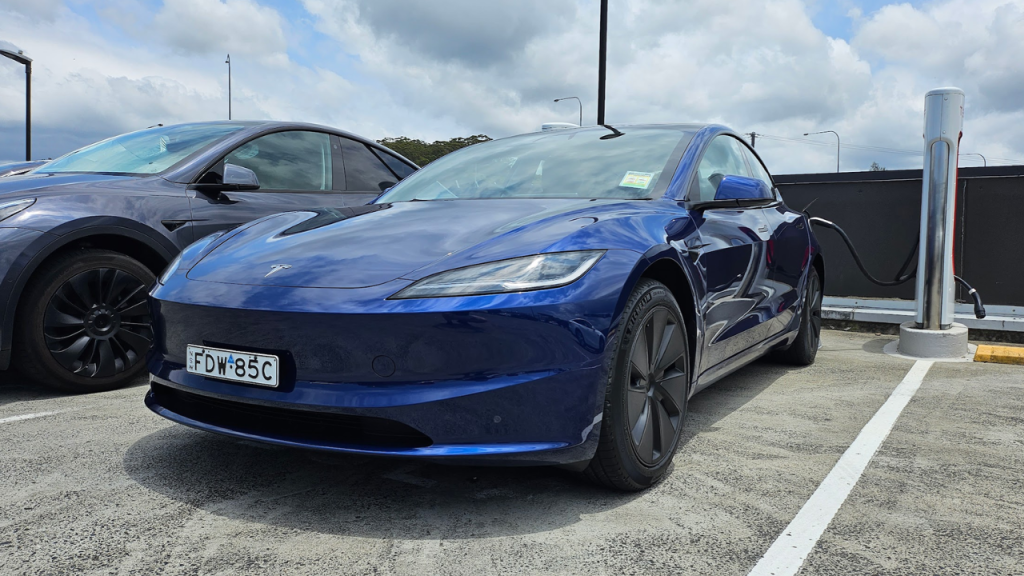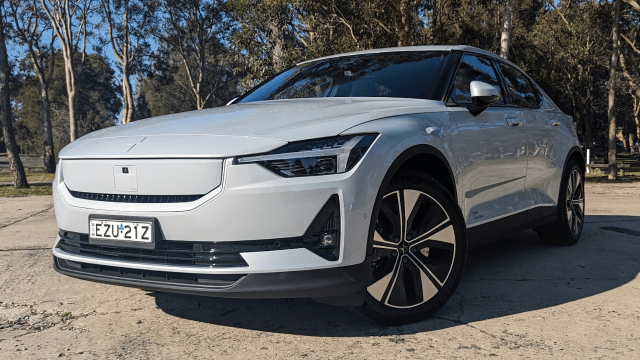If you’re on the hunt for an EV or ready to commit to an electric vehicle, there are a few factors to understand before you sign on the dotted line. Unfortunately, it isn’t as easy as rocking up to a dealership, buying a car and going on your way, wait times, charging considerations and range estimations all need to be factored into your purchase.
We’ve pulled together nine things we consider pretty important when EV shopping, to at least give you somewhere to start.
Which electric vehicle should you buy?
Let’s start with the fun part – picking your preferred car. There are dozens of electric vehicles currently available in Australia, dozens available on the second-hand market, and many more making their way to our shores at some point in the future. It’s worth asking yourself questions about budget, range, operating system, look & feel and other tech specs. If you’re looking for detailed information on a specific model, check out our reviews page.
1. How much do you want to spend?
The cost of a new electric car can range between $39,000 and $345,000 at the time of writing. While you may save on petrol costs with an EV, you’ll certainly be spending more to buy an EV than a petrol car at the moment, with price parity yet to be reached in Australia. Prices are expected to drop, but it’ll take some time. If you’re looking for the cheapest models out there right now, you may want to consider the BYD Dolphin and the MG4.

2. How much range does your new electric car need?
Most electric cars available in Australia offer range estimates of above 300km, as tested on the European WLTP range model. 300km is a decent range to have, but you would likely struggle on longer trips. Personally, I believe having a range of above 400km is quite important. It’s enough to go on several separate trips without needing to recharge. You can get by with less, but having above 400km gives you greater peace of mind. If you’re curious about the longest range EV in Australia, it’s currently the Polestar 2 2024, at 654km WLTP. It is closely tailed by the 2023 AWD Tesla Model 3, at 629km WLTP.
3. What operating system does the EV have?
This is a more important question than you might realise. Electric vehicles are typically sold with a well-integrated operating system, with built-in maps, apps and CarPlay/Android Auto support. The operating system informs how you can change certain car settings, like driving style, battery mode, or wheel feel.
If you’re going to be using CarPlay or Android Auto, this point may matter less to you, however, the underlying operating system of the car will still remain. If you’re an Android owner after a familiar feeling, then you may be interested in the Polestar and Volvo range. These cars come with Android Automotive, a version of Android built around cars. Alternatively, Kia and Hyundai have very similar operating systems to each other in their EVs, and Tesla has its own impressive OS with its own inbuilt apps. We’re also fans of Ford’s Mach-E OS.
Just be mindful that some automakers may not offer over-the-air updates, meaning that for your car to be updated, you’d need to take it in for a service.

4. What EV feels the best?
This question is obviously going to be best answered by going and taking a seat inside your chosen car/s, so our advice here is to go out and give them a try before committing. Some will simply be more comfortable to sit in over others, and there may be little things that annoy you that not many people have touched on.
5. Are there any technical specs I should care about?
While there might be some extra specific technical details that you’re looking for in an EV, two big ones to look out for are the drivetrain (so if it’s AWD or not) and the recharging speed. AWD vehicles typically feel more responsive and faster on the road, although they’re typically higher priced than their RWD and AWD counterparts (and typically consume more energy, and therefore usually have lower range estimations).
Additionally, recharging speeds are worth keeping an eye out for. While the BYD Atto 3 can recharge at 88kW on a fast charger, which charges the car from 36km of range 256km within 44 minutes, the Hyundai Ioniq 5 can be recharged from 39km to 312km in just 17 minutes (at 233kW).
Those are the two things most people should be aware of, but depending on the kind of driver you are, you might care about the 0-100km/h speed, the towing capacity, the frunk and boot capacity, and if it has vehicle-to-load capability.

6. Available Incentives
Depending on the state or territory you live in, you may be able to get some money slashed off the price of your new electric vehicle or the accompanying infrastructure you may want to install. For example, Queensland residents can access a $6,000 rebate when buying an EV under $68,000. However, Victoria, NSW, and SA have all recently scrapped their EV incentives. Definitely look into what discounts you can access before making a purchase and know that some EVs may be excluded from said discounts.
7. Plan how you’ll be charging your EV
While you can certainly rely on paid public chargers for topping up your electric vehicle, you may want to consider installing a fast home charger. The emergency charger that comes with most electric vehicles isn’t particularly fast, so it’s worth looking into if you should install a faster charger in your garage or car space. That being said, I’ve met plenty of drivers who haven’t had any trouble using the included slow emergency charger as their primary charging source – just never rely on it in a pinch.
Additionally, things get a little bit more complicated when you live in an apartment space that may not cater to EV charging infrastructure.
And on top of that, some public chargers might not even work for you – in particular some on the Tesla network, if you don’t have a Tesla EV.

8. Servicing plan
Despite it being a more tech-enabled car, you’ll still need to get your EV serviced from time to time. Maintenance plans and costs vary across carmakers, so it’s worthwhile checking this beforehand.
9. Wait times are pretty bad
And now, here’s the unfortunate part. Electric vehicle (and non-EV) wait times in Australia can take months, if not years. Obviously, check online when you’re making the purchase just how long the wait will be – this may involve needing to call the manufacturer or having to speak with customer support.
Some companies might have large inventories they’re attempting to sell in prebuilt forms, which is another option.
So, with all of these things in mind, we wish you the best when buying an electric vehicle in Australia. Hopefully, it gets easier (and cheaper!) in the future.
Image: Zachariah Kelly/Gizmodo Australia
Want more Aussie car news? Here’s every EV we’ve reviewed in the last two years, all the EVs we can expect down under soon, and our guide to finding EV chargers across the country. Check out our dedicated Cars tab for more.
This article has been updated since it was originally published.
